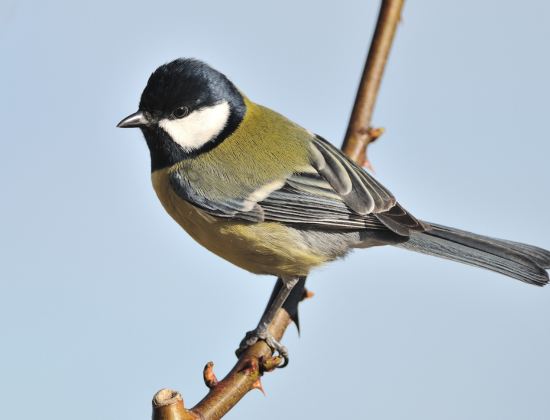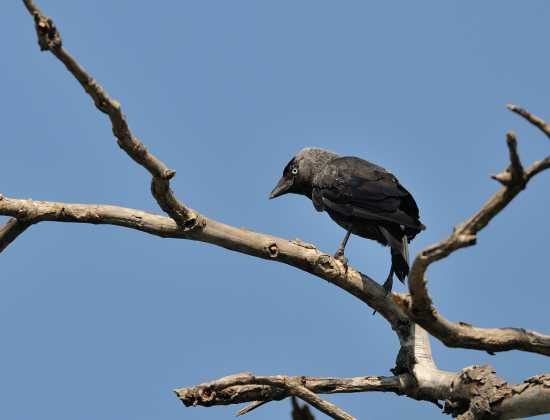The spring of 2024 marks the first anniversary of the enlargement of Aix-Marseille University’s participatory scientific operation to identify and count birds on our campuses to several CIVIS member universities.

The project entitled: “Birds on our campuses”, an initiative coordinated from Aix- Marseille Université, is aiming to assess this loss in biodeversity. Joined by CIVIS member universities since last year, the project has become a true collaborative process. The University of Bucharest joined in the spring of 2023, while the University of Glasgow, University of Lausanne, and Universidad Autónoma de Madrid started during the fall of last year. After a handover, Madrid was unable to join this winter, but the Birds in our campuses team expects UAM to return this spring, hopefully with some new universities.
True, European pilots
A first outcome, says Professor Carlier, is “we can identify ubiquitous species that are, in a sense, truly European! The most emblematic is the great tit, which is regularly observed on at least four of the five campuses”.

The Great tit (Parus major) seems to be everywhere! It can be found in forests, parks and gardens, and is happy to take advantage of the food supply in winter. The great tit learns quickly and easily, allowing it to take advantage of human-modified environments. It is perfectly adapted to continental, oceanic, and Mediterranean climates.
Species adapting to humans… and helping them out!
The Blue tit (Cyanistes caeruleus), only slightly less common than the great tit, has similar characteristics in its relationship with the man-made environment.
“An interesting feature of these two species is their predilection for processionary caterpillars and other defoliating species, which are a major and growing nuisance”.
The Chattering magpie (pica pica) is also a species that has adapted to urban and semi-urban environments. Its omnivorous, scavenging diet allows it to take advantage of human and animal waste.
Other “common” birds on our campuses
The House sparrow (Passer domesticus), which symbolises the decline of common birds, seems to be holding its own in Bucharest. The Robin (Erithacus) rubecula is a species that tends to be more conspicuous in urban areas in autumn and winter, and its autumn field is conspicuous because it is often isolated.
The most common pigeons are the Domestic rock pigeon (Columba livia var. domestica) and the Wood pigeon (Columba palumbus). While the former have long been urban dwellers, the latter have adapted to the city in recent decades but cannot yet be considered domestic.
Among the corvids, the Mantled crow (Corvus cornix) seems to be a Bucharest "specialty", while the Jackdaw (Corvus monedula) is widespread on the Aix-Marseille campus.

Invasive psittacids seem to be more common on southern campuses. The Sardinian warbler (Curruca melanocephala) and the Blackcap (Sylvia atricapilla), accustomed to dense bushes, and the European serin (Serinus serinus), whose shrill song can be heard from the treetops, are specialties of the Aix-Marseille campus.
The presence of water areas in Bucharest, Glasgow and Lausanne allows us to observe several species that depend on these aquatic environments.
An opportunity for friendly encounters
As Pr. Pascal Carlier, academic ethologist, in charge of the Biodiv'AMU mission, explains, this activity around the birds of our campuses offers opportunities for friendly encounters with many people who wish to discover this world close to them.
I've come to the conclusion that this is a very effective tool for raising awareness: you have to know in order to love, and love in order to want to protect”.
